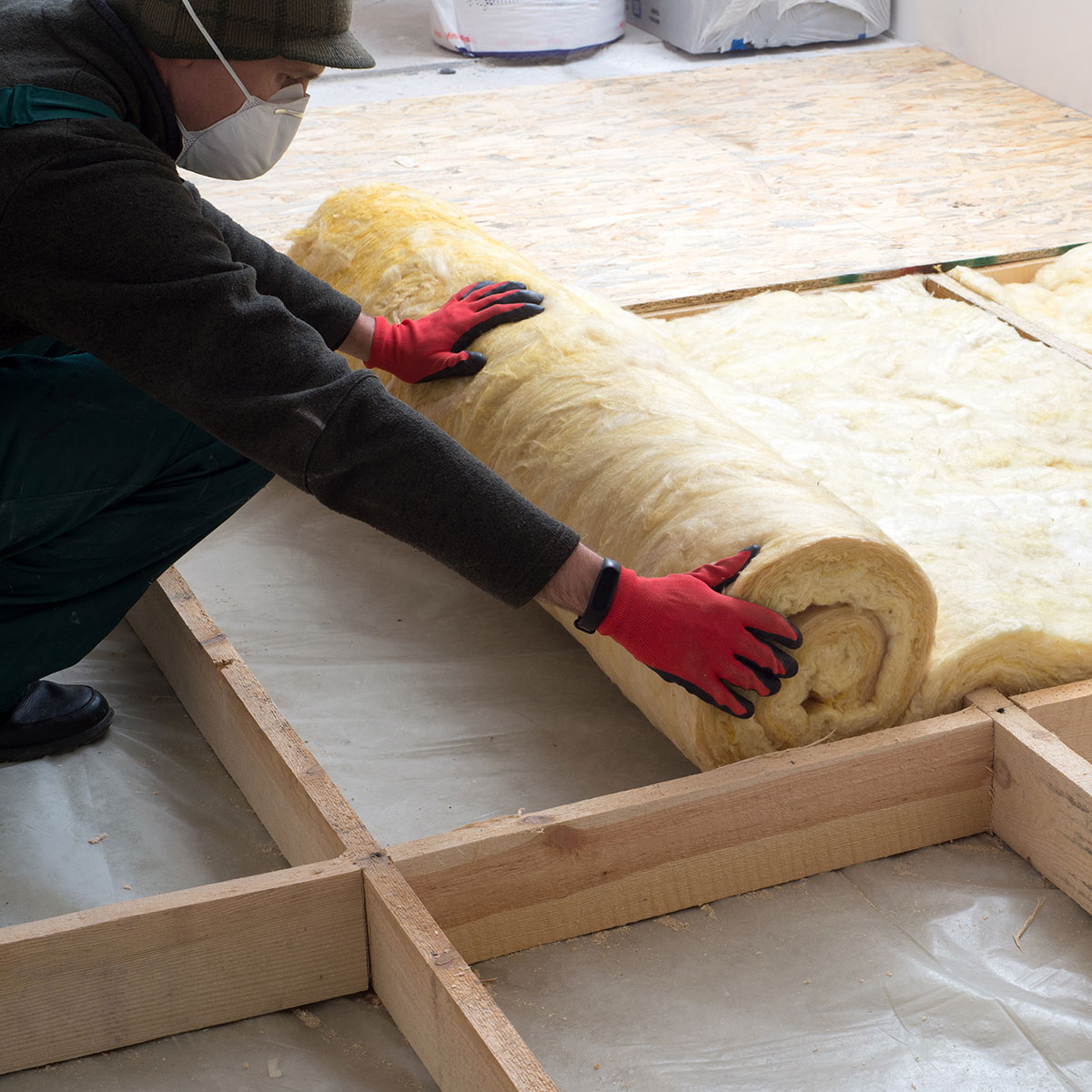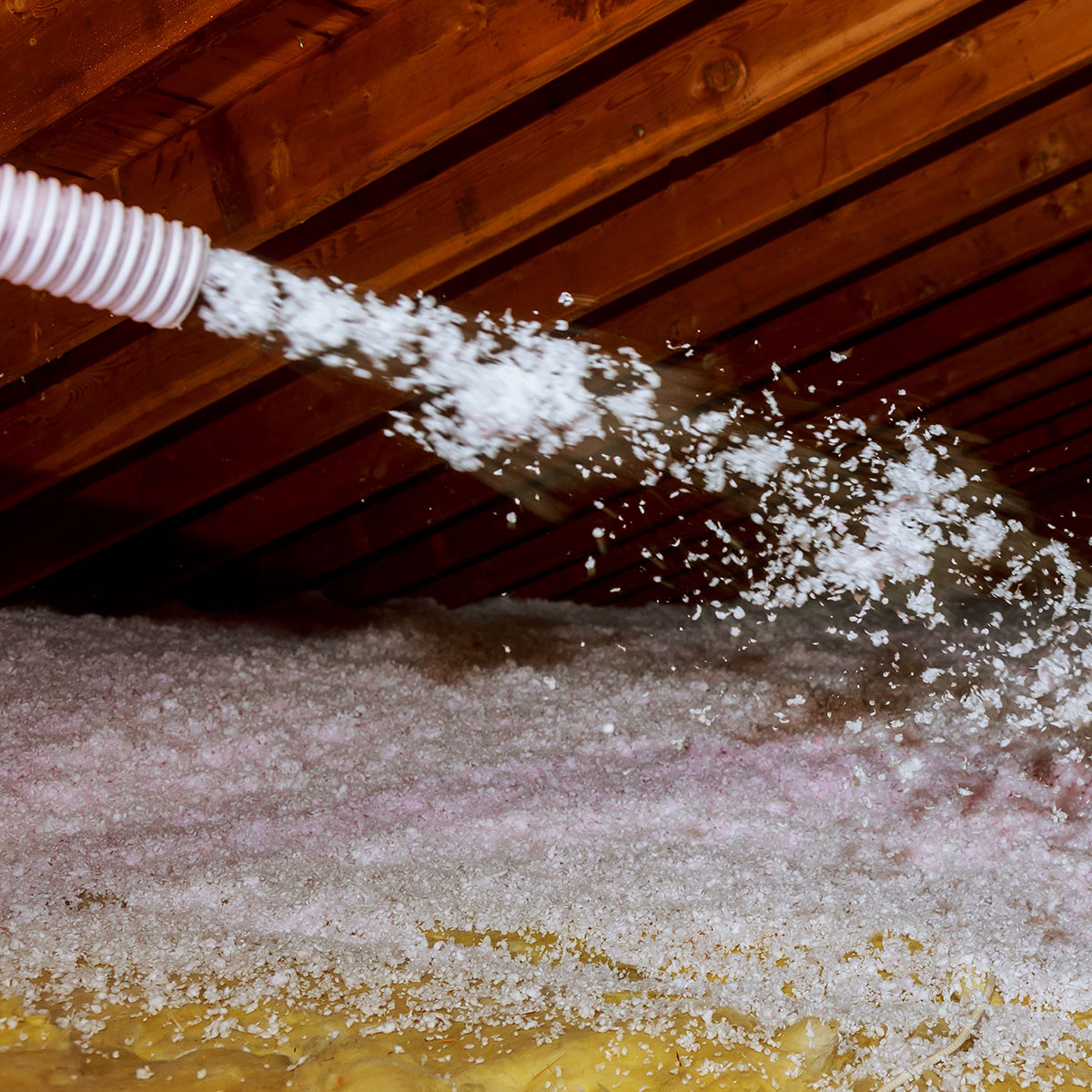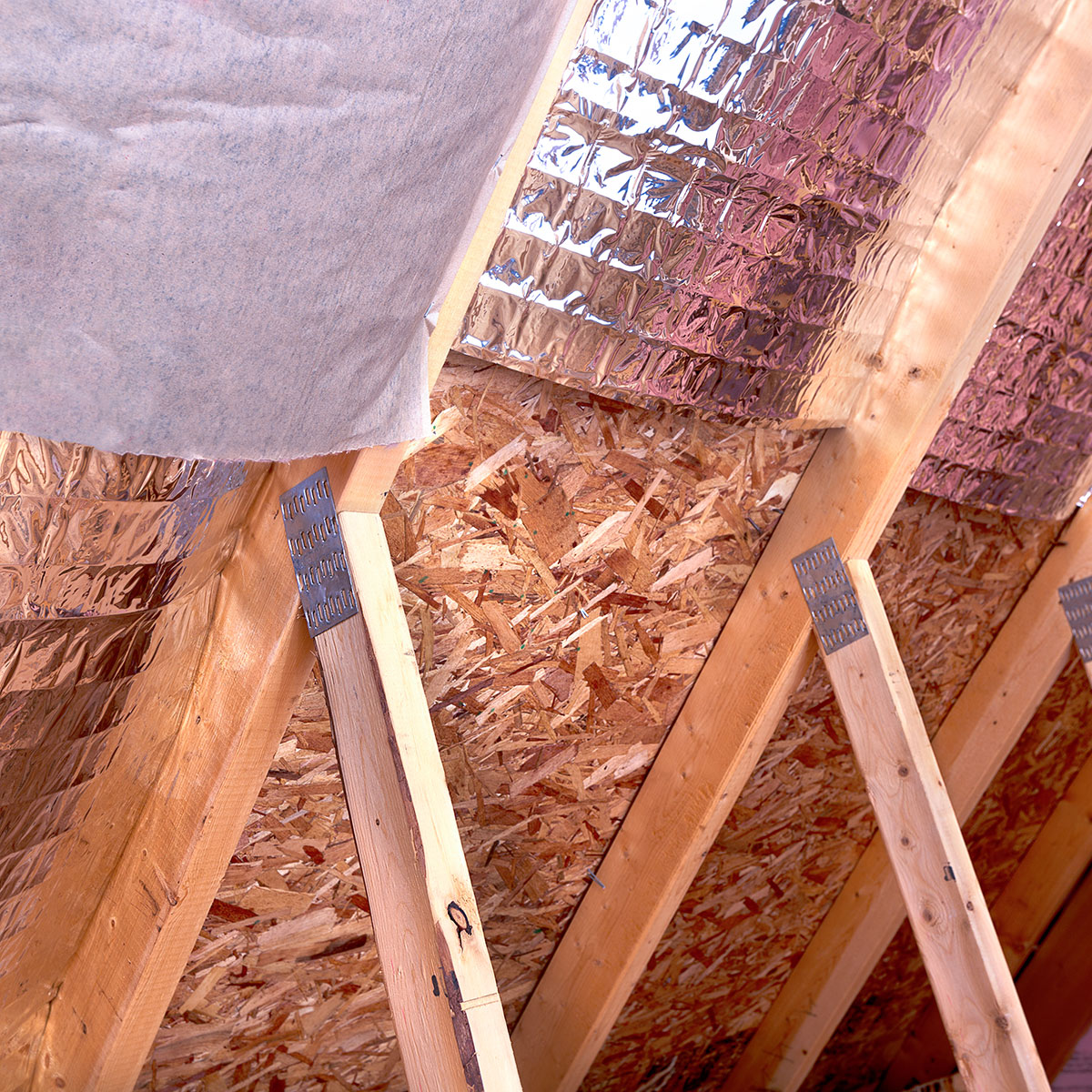
When considering home insulation, advances in technology and home building techniques complicate things. Does the project call for a simple thermal envelope, or does your choice need to provide sound-deadening or air-sealing properties, too? Then there’s budget, which is always a consideration. To help you decide, learn the pros and cons for each of the 5 top insulation choices.

Blanket and Batt Insulation
Batts of fiberglass, cotton or mineral wool provide solid, basic insulation properties. Pre-cut pieces fit standard construction techniques. Requires extra care to fit around pipes and wiring, although compression does not reduce performance as much as commonly thought.
Pros:
• Cost-effective and easy-to-install
• Optional facing acts to support vapor barrier
Cons
• Glass fibers can irritate lungs, eyes and skin, which can cause lung-health issues
• Performance suffers with poor installation technique (rips, tears and open spaces)
• Heat conduction possible through structural elements

Blown Insulation
Blown insulation, commonly composed of fiberglass or cellulose, offers ease of installation and flexibility. Its small particles conform to any space, can fill existing walls with minimal intrusion damage and can fill to any desired depth. Settling can be an advantage in attics, or a disadvantage in walls. Blown-in insulation is a good solution for retrofit situations.
Pros
• Least expensive choice and easily fills around pipes and duct work
• Re-use it by collecting with a vacuum and relocating
Cons
• As with batts, fiberglass dust can irritate lungs, eyes and skin
• Weight of cellulose can overburden some standard ceiling construction styles
• Holds moisture to the point of causing issues with performance and mold

Spray Foam Insulation
Spray foam typically performs better than any other insulation product, essentially stopping air movement, but cost can be a significant drawback. Open-cell foam (bubbles that burst) expands to fill any cavity but offers lower R-value density and can transmit moisture. Closed-cell foam retains bubble integrity creating a complete air, water and vapor seal.
Pros
• Highest R-value densities, and can be applied to any surface regardless of location
• Eliminates the need for separate vapor barriers (closed-cell) and reduces sound transmission
Cons
• Installation produces toxic gasses, creates a mess on the site and leaks through unsealed joints and openings
• Usually requires a specialized subcontractor with specific training and experience
• Far more expensive than other materials

Rigid Foam Insulation
Rigid foam combines easy installation with the performance of foam and comes in three primary styles: expanded or extruded polystyrene, and polyisocyanurate. Its R-value density and rating can approach spray-foam levels. All rigid foam is moisture-resistant, but extruded foam sheets stand up to exterior exposure.
Pros:
• The only style of insulation that blocks thermal conduction through structural elements
• Installation requires no special equipment or extraordinary protection for workers
• Mid-priced, between expensive spray foams and low-cost blown and batt styles
Cons
• Must cut to fit around wiring and pipes, then seal all cuts and joints to maintain air-tight enclosure
• Cannot use rigid foam for structural elements; many foams must also be covered with drywall in living spaces

Reflective Insulation
While spray foam and batts block transmission via air convection, and rigid foam can be configured to block conduction, reflective insulation works to block radiant heat transmission. Working the same way as an insulated thermos jug, reflective insulation can interrupt heat radiating from the undersides of roofs or other situations where heat transfer does not involve airflow or direct contact.
Pros
• Best used in warm climates to reflect heat; good for wrapping pipes and duct work
• Simple to install; provides vapor barrier
• Does not deteriorate or compress like other inexpensive insulation materials
Cons
• Cannot be the only insulation in cold climates; sometimes added to rigid foam as a foil layer
